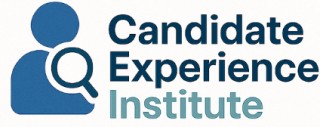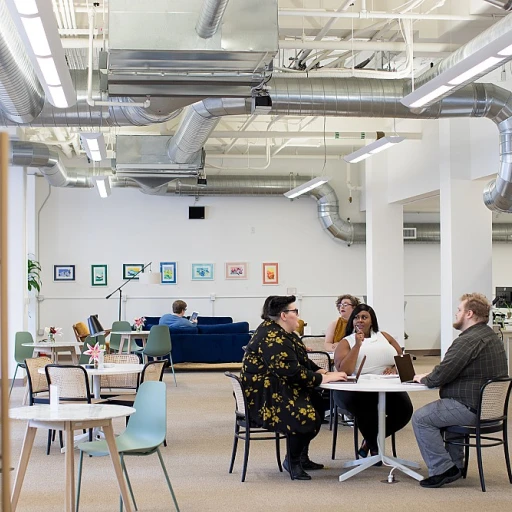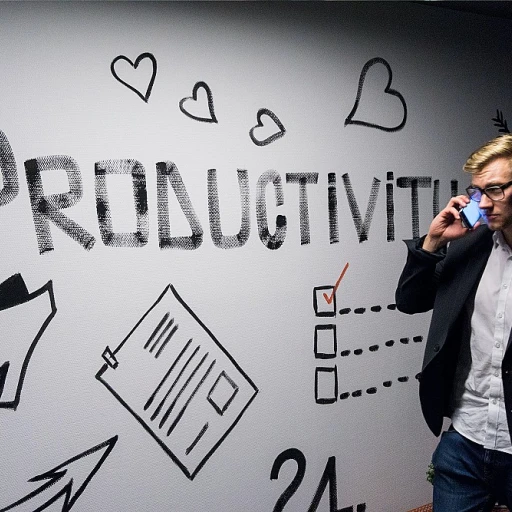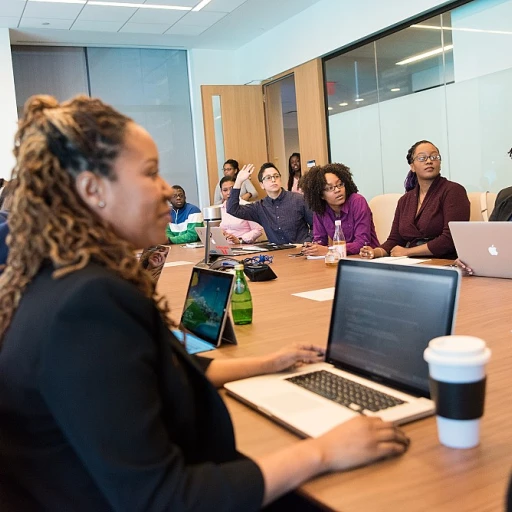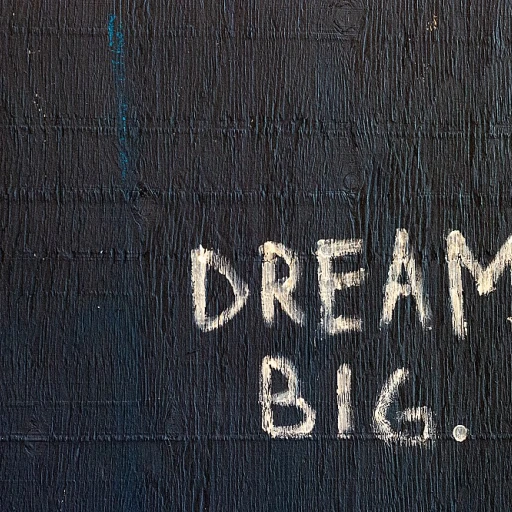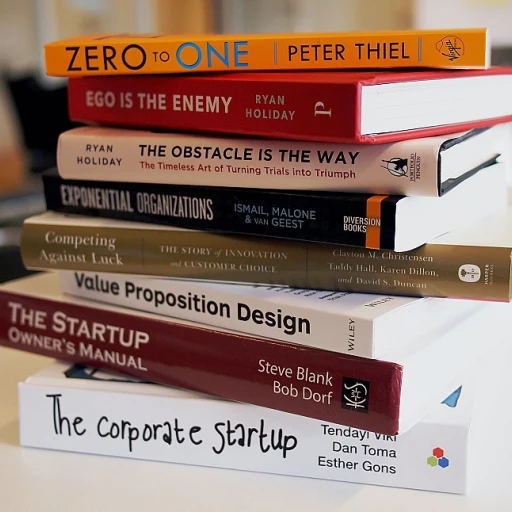
Understanding Candidate Experience
Grasping the Essentials of Candidate Experience
The concept of candidate experience is pivotal in today’s dynamic labor market, combining aspects of talent acquisition, recruitment, and human resources management. The ultimate goal is to ensure that every interaction a candidate has with a company, from job application to final job offer, is as smooth and positive as possible. With businesses striving to attract top talent, providing a seamless candidate journey has become more critical than ever.
Organizations across the globe, especially those in competitive markets like San Francisco, continuously seek to improve their candidate experience to better compete in the race for skilled workers. It becomes a part of the broader talent solutions strategy, involving everything from interview scheduling to post-interview follow-ups. By improving interactions at every stage of the recruitment process, companies can increase their ability to fill open positions effectively and retain qualified candidates.
Understanding the key elements of candidate experience involves exploring multiple facets. For instance, how a candidate perceives the company’s communication during the hiring process can significantly impact their decision to accept a job offer. Furthermore, today’s advancements in technology, such as automated management tools and innovative services, play an influential role in shaping these experiences.
When analyzing candidate experience, it becomes clear that it isn't just about making a good impression. It’s about creating a lasting impact that translates into successful hiring outcomes and long-term relationships. To enhance this impact, some companies are turning towards modern benefits plans, which can be explored further in discussions about enhancing employer benefits.
The Role of Communication in Candidate Experience
The Importance of Effective Communication
In today's competitive labor market, businesses are increasingly realizing the pivotal role communication plays in candidate experience. As organizations seek to attract and secure top talent, every touchpoint with a potential hire must be carefully considered. Effective communication is not just about clarity but also about timeliness, empathy, and consistency. Clear communication helps candidates understand the recruitment process, from job descriptions to interview scheduling and beyond. Transparency at each stage builds trust and encourages a positive perception of the company. When candidates know what to expect, they are more likely to feel confident and engaged. Timely responses are crucial. In the fast-paced world of talent solutions, prolonged delays can cause candidates to lose interest or accept other job offers. Leveraging staffing and candidate management tools can assist in ensuring prompt responses and facilitate seamless interview scheduling. Empathy in communication should not be overlooked. A candidate's journey can be stressful, potentially filled with unanswered questions and uncertainties. Demonstrating empathy through thoughtful interactions can make a lasting impression and differentiate an organization in a crowded field. Consistency is equally important, especially when conveying information across different platforms such as job boards, email, and phone. Inconsistent messages can lead to confusion, ultimately affecting a candidate's decision to pursue or decline an opportunity. With insight into these communication tenets, organizations can refine their candidate sourcing and recruitment processes, ensuring a positive experience that resonates with job seekers. For a deeper understanding of how roles like backfill positions impact this dynamic, explore understanding the concept of a backfill position to gain further insights into effective talent acquisition strategies.Technology's Impact on Candidate Experience
Leveraging Technology to Streamline Processes
Technology has become an indispensable part of the modern recruitment landscape, and its impact on candidate experience cannot be overstated. From San Francisco to Insight Global, businesses and organizations worldwide have integrated advanced tech solutions to not only fill roles more efficiently but also enhance the overall journey for job seekers. With the advent of sophisticated staffing tools and management systems, talent acquisition professionals are now equipped with an arsenal of resources to optimize every step of the recruitment pipeline. This shift towards digital solutions helps in reducing the workload associated with manual tasks such as candidate sourcing, background checks, and interview scheduling. As a result, recruitment teams can focus more on building meaningful relationships with candidates. A prime example of this digital evolution is the deployment of specialized candidate management tools that facilitate seamless communication and engagement. These tools provide real-time insights into the labor market, allowing organizations to harness data-driven strategies for identifying and retaining top talent. By offering tailored staffing services, businesses can create a personalized experience that resonates with candidates, ultimately leading to a higher retention rate and a shorter time to hire. Furthermore, technology empowers HR professionals with robust vendor management systems. Such systems ensure that all recruitment processes are synchronized, providing a holistic view of the talent pipeline. This comprehensive approach not only aligns local and global recruitment efforts but also boosts the efficiency of human resources operations. As we observe these advancements, it’s essential to consider how such technological innovations are shaping candidate interactions. The integration of these systems facilitates a smooth and consistent experience, reducing potential friction points that candidates often encounter during their job-seeking journey. To dive deeper into how organizations can enhance candidate engagement through technology, explore these career opportunities at UMES University here. Ultimately, technology in recruitment is no longer just a value-add but a fundamental component of delivering a positive and efficient candidate experience. Organizations aiming to stay competitive in the global talent arena must continuously adapt and evolve their technological strategies to meet the growing demands of job seekers.Challenges in Creating a Positive Candidate Experience
Overcoming Obstacles in Candidate Experience Design
Creating a positive candidate experience can be a challenging feat for many organizations globally. As companies endeavor to attract and retain top talent, several obstacles must be overcome to ensure a seamless recruitment process. One of the primary challenges is managing effective communication. Many businesses stumble due to poor communication strategies during the hiring process. Consistent and clear communication helps build credibility and trust among candidates. Inconsistent messages or long delays can deter candidates, impacting the organization's reputation in a competitive labor market. Technology can be both an asset and a hurdle. While recruitment platforms and tools, such as job boards and interview scheduling software, are indispensable for effective recruitment management, they may sometimes become a barrier rather than a bridge for candidates. Not every candidate is tech-savvy, and complicated digital interfaces can lead to frustration and candidate drop-off. Data management is another significant challenge faced by hiring teams, especially when dealing with high volumes of resumes. Over-reliance on automated systems for candidate screening without human oversight can result in potentially valuable talent being overlooked. This calls for an integrated approach, combining human-centric methods with advanced technology to leverage subsequent recruitment insights effectively. Additionally, the regulatory environment surrounding hiring practices, such as background checks and labor market policies, often presents hurdles to seamless candidate experiences. Ensuring compliance requires continuous monitoring and adaptation of staffing strategies, which can stretch resources thin. Finally, maintaining a consistent employer brand across all touchpoints of the candidate's journey can be daunting, particularly for larger organizations with multiple recruitment teams. Misalignment in messaging can lead to a disjointed experience, affecting candidate perceptions negatively. By addressing these challenges with comprehensive talent solutions, businesses can enhance their overall recruitment efficacy, thereby filling roles with the right candidates and securing a competitive position in the global employment scene.Measuring Candidate Experience Effectively
Evaluating Candidate Experiences: Effective Metrics
Understanding the nuances of candidate experience is crucial in the highly competitive talent market. As organizations strive to attract top talent, proactively measuring their candidate experience can provide critical insights that inform decision-making. To measure candidate experience, data must be leveraged effectively. Collecting feedback through surveys post-interview scheduling or following onboarding can illuminate areas needing improvement. These surveys might ask candidates about the clarity and timeliness of communication or the professionalism encountered during staffing processes. Developing robust analytics capabilities allows businesses to evaluate qualitative and quantitative data. Here are some methods organizations can use to measure candidate experience more effectively:- Net Promoter Score (NPS): This metric can provide insights into how likely a candidate is to recommend the hiring organization to others, offering direct insight into overall satisfaction.
- Candidate Satisfaction Surveys: Consistently collecting feedback from candidates at different stages of the recruitment process ensures a comprehensive understanding of the candidate's journey.
- Time-to-Fill Metrics: Evaluating the average time taken to move candidates through different stages of the hiring process can indicate efficiency in the recruitment pipeline. Long durations may suggest bottlenecks in talent acquisition strategies.
- Drop-off Rates: Understanding at which stage candidates withdraw from the process can help businesses pinpoint areas of improvement, whether related to lengthy interview schedules or cumbersome background checks.
- Technology Utilization: Assessing how technological tools, like management tools and job boards, affect candidate interactions can provide valuable insights into the efficacy of digital solutions.
Best Practices for Enhancing Candidate Experience
Implementing Strategies for Superior Candidate Engagement
Enhancing candidate experience goes beyond mere application forms or interviews. It requires organizations to adopt a strategic approach designed to transform each interaction into a meaningful experience for job seekers. Here are some best practices that businesses can consider:
- Streamline Communication: Consistent and clear communication is crucial for a positive candidate experience. Timely updates regarding their application status, transparent job descriptions, and feedback after interviews significantly impact candidates’ perceptions of a company’s brand.
- Utilize Technology Wisely: Leveraging technology, such as interview scheduling tools and candidate sourcing platforms, can help refine the recruitment process. Modern solutions improve management systems and data handling, optimizing every step from screening to onboarding.
- Personalized Candidate Interaction: Each candidate is unique, and addressing them with personalized messages can strengthen their connection to the company. Tailoring communication to reflect specific insights from previous interactions can make candidates feel valued.
- Create a Feedback Loop: Constructive feedback is a powerful tool for improving the candidate experience. By seeking insights from candidates about their recruitment journey, organizations can identify strengths and areas for improvement.
- Focus on Candidate Comfort: Consider aspects like interview settings and panel introductions. A welcoming environment reflects well on the organization and can ease candidate anxiety, optimizing their performance during assessments.
- Ensure Transparent Screening Procedures: Trust is fostered when there is clarity regarding background checks and how job boards are utilized. Candidates appreciate knowing their data is handled with care and privacy is respected.
- Implement Long-Term Engagement Plans: Not every candidate fits a current role, but maintaining relationships can be beneficial for future staffing needs. Talent acquisition is an ongoing process, where past applicants can become future top talent.
For organizations aiming to excel in today’s competitive labor market, investing in these best practices is essential. It not only aids in recruitment efforts but also in building a positive employer brand that attracts global talent effectively. By continually adapting and refining the candidate journey, companies position themselves as leaders in human resources management and talent solutions.
